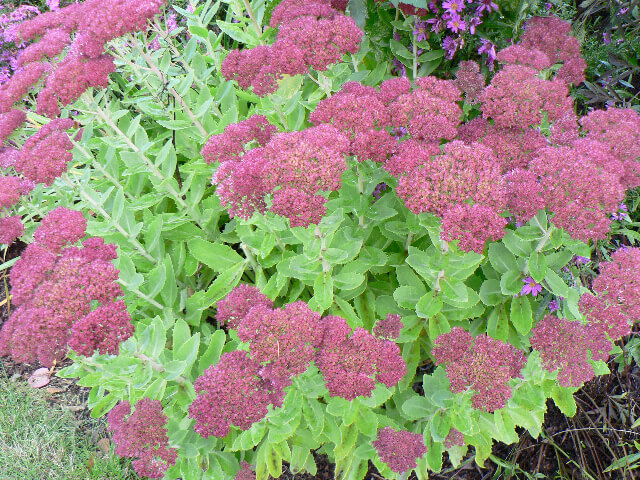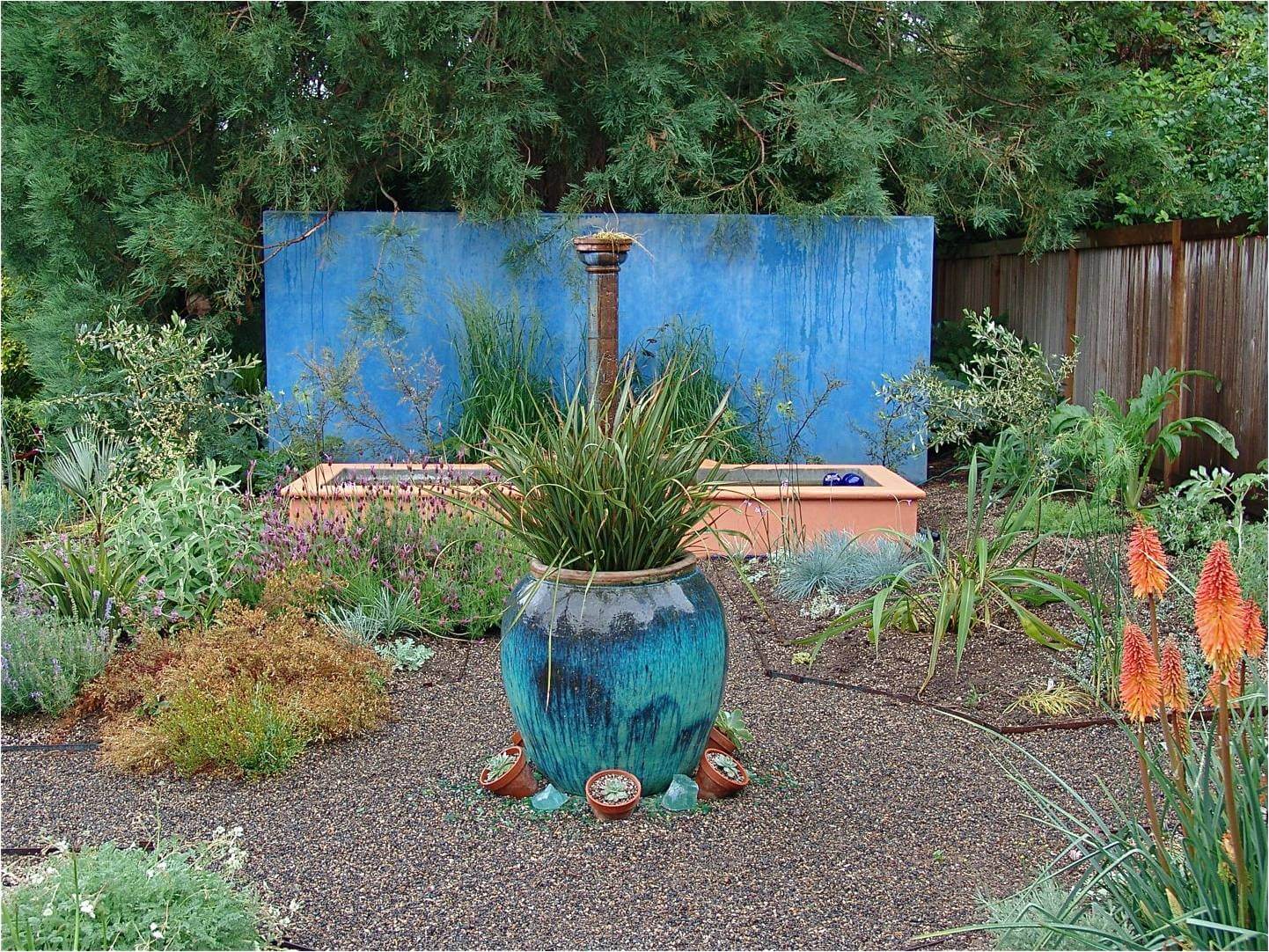
Succulent gardening can break beyond the traditional rock garden model. Take, for example, gravel gardens. These unique garden spaces support most plants that would thrive in a rock garden, but instead of rocks they are bedded in attractive gravel and fast-draining mix.
Establishing Gravel Gardens
A general statement regarding plants for gravel gardens is that as a group they tend to like sunnier and dryer conditions. Once established, they generally require no supplemental water, if they exist in areas with average rainfall. When establishing these gardens, the most crucial element is the soil. Soil preparation to provide quick drainage is the key to healthy and successful gravel gardens and preparation must be done prior to planting.
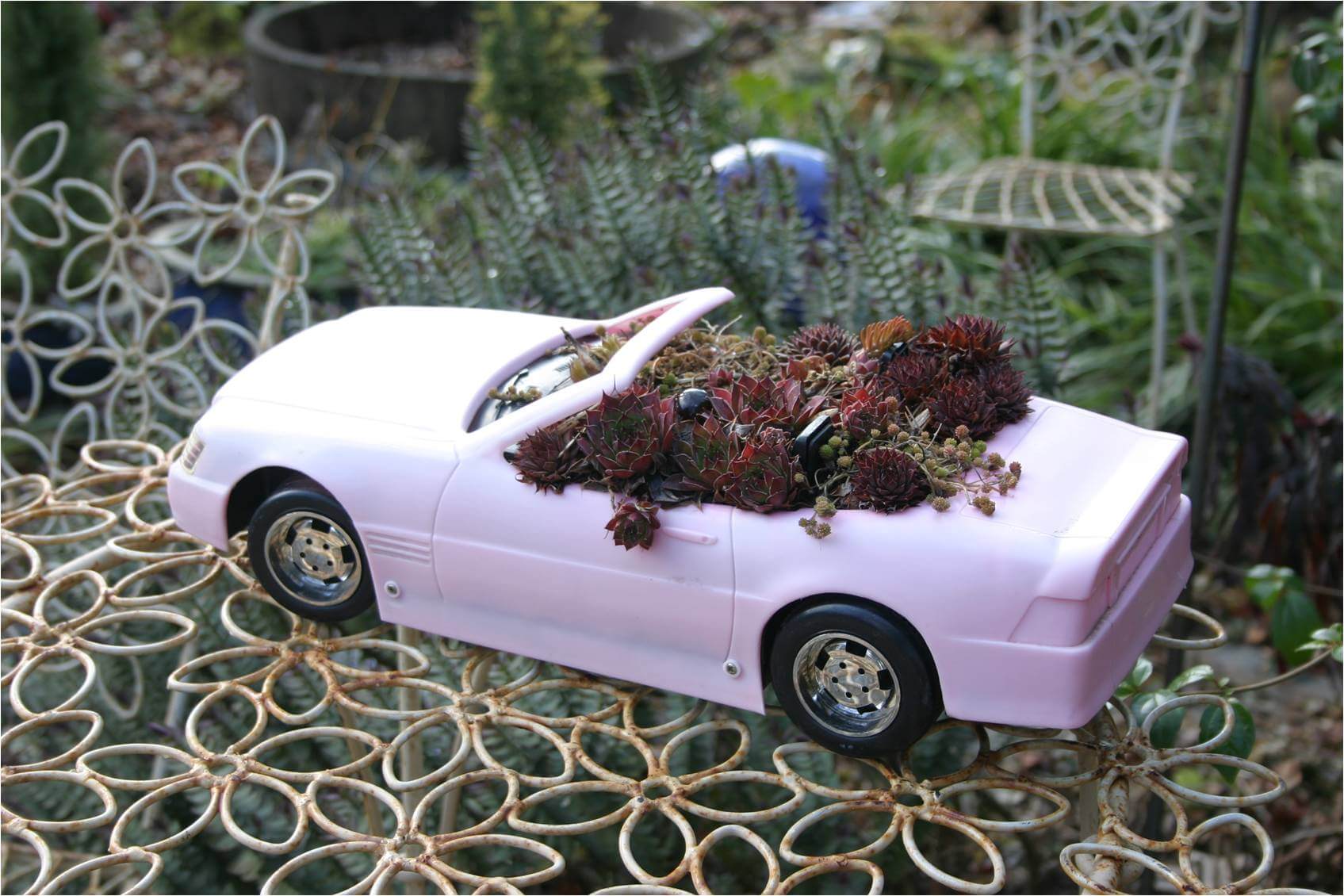
An excellent soil amendment is Black Gold Cactus Mix. It provides the fast-draining requirements. In addition, pumice and washed gravel are both stone-based amendments perfect for these gardens. Both increase aeration and drainage, which is critical to successful gravel gardening.
There is a presumption that gravel gardens look dry and sparse and that is certainly not the case. In a recent garden I visited, the pathways were gravel, the beds were lined with rock and there was a wide assortment of colorful low-water plants to give color during the summer. This garden also had a small pond and there was even a rose bed in the background. While this is probably not the typical gravel garden, it provides a good example of the diversity of plants a gardener can incorporate.
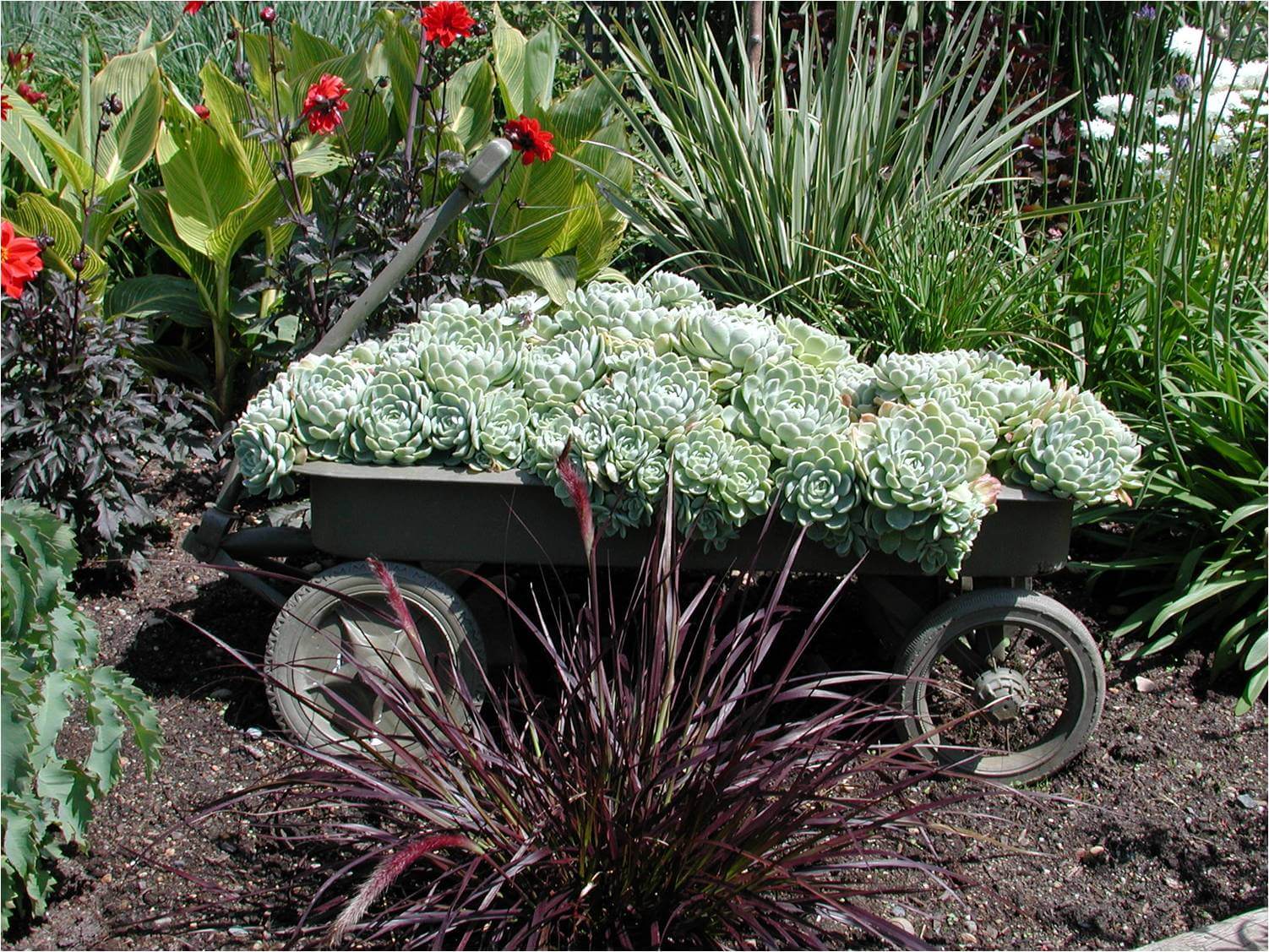
Plants for Gravel Gardens
One of my favorite gravel gardens incorporates a diversity of drought tolerant plants and has a focal point of a beautiful blue ceramic pot to match the blue wall in the background. There is a fountain in front of the blue wall with a Giant Sequoia (Sequoiadendron giganteum) in the background. To the right and left of the pond are two small olive trees, (Olea europaea ‘Arbequina’), and throughout the area are drought tolerant plants with a blooming Kniphofia in the foreground. This is a wonderful example of how individual gardeners can create their own special space and plant palette.
Succulent plants are familiar to many gardeners. These plants have thick fleshy leaves or stems able to store extra water. Cacti and sedums are two good examples. In many gardens that I visit, sedums are often used in sharply drained, gravelly gardens. The very popular Sedum ‘Autumn Joy’ is widely planted in gardens throughout the Pacific Northwest and is also a favorite for perennial flower beds. It is a very reliable late summer bloomer, and the flowers are a favorite of honey bees. Hens and chicks, hardy cacti and beautiful sedums, like the unique ‘Touchdown Teak’, are also ideal for these gardens.
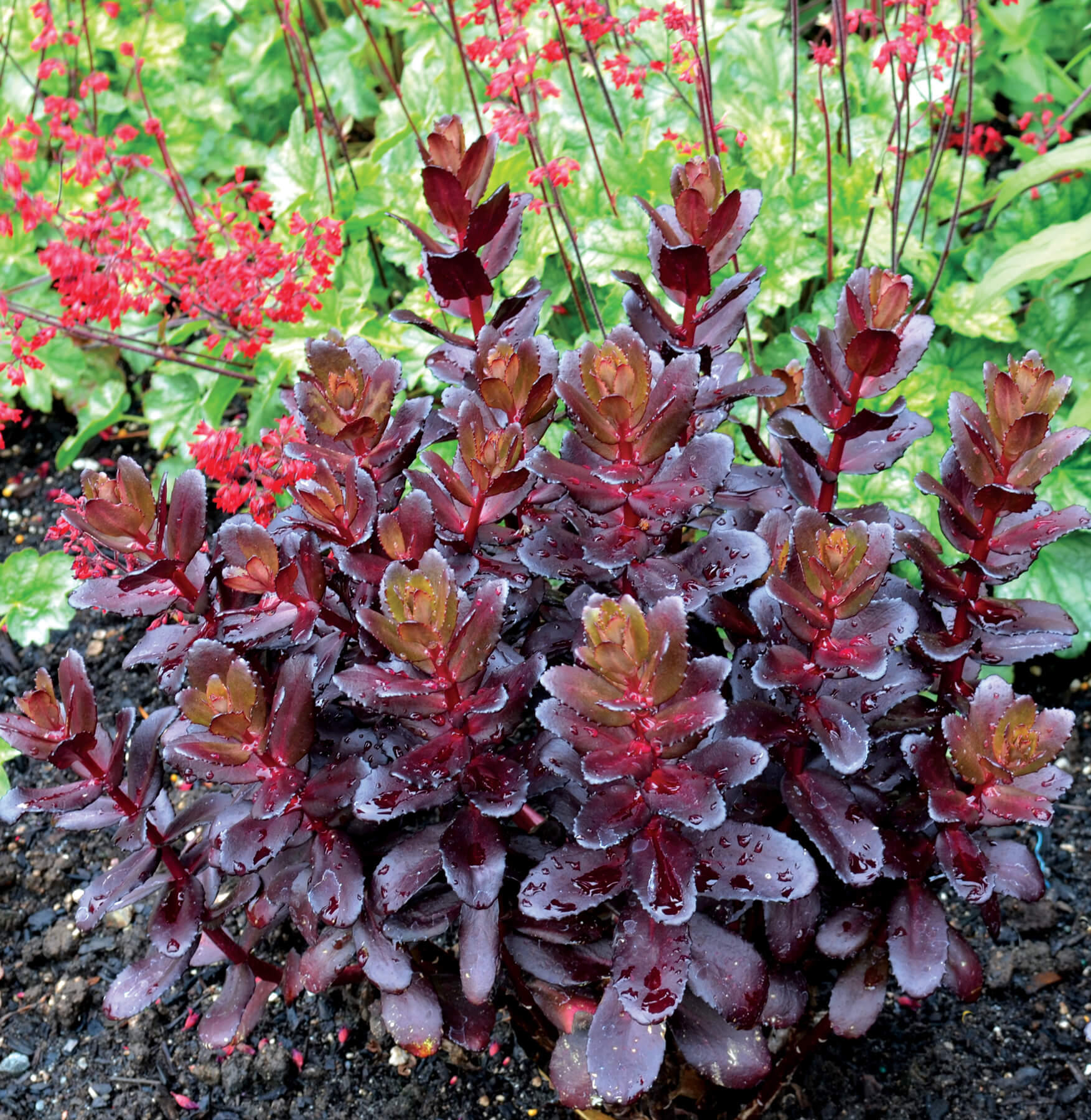
I love visiting other gardens to see some of the things that gardeners do with succulents and sedums. I have often seen them used in a whimsical sort of way. I think that a garden reflects the gardener, and when I see something whimsical I think this reflects the sense of humor of the gardener. Two recent garden visits bring this to my mind. The first garden contained a miniature car garden with sedums in it. What a perfect centerpiece for a garden party and a low maintenance one too! The second had a wagon filled with sedums that were placed to look as though a child might have just left it. When planting succulents in containers, regardless of whether it is a miniature car or a wagon, I would suggest using Black Gold Cactus Mix exclusively and not mixing it with garden soil.
As I mentioned earlier, with gravel garden plants, drainage is the critical factor. Many plants can even survive colder temperatures than normal if they have good drainage. Experiment and create some new gravel beds with succulent plants, you might be pleasantly surprised at the end result.


